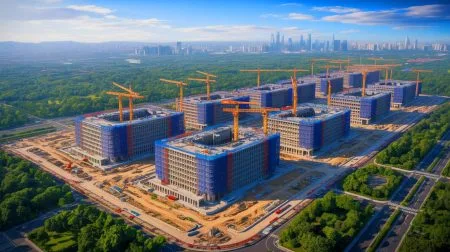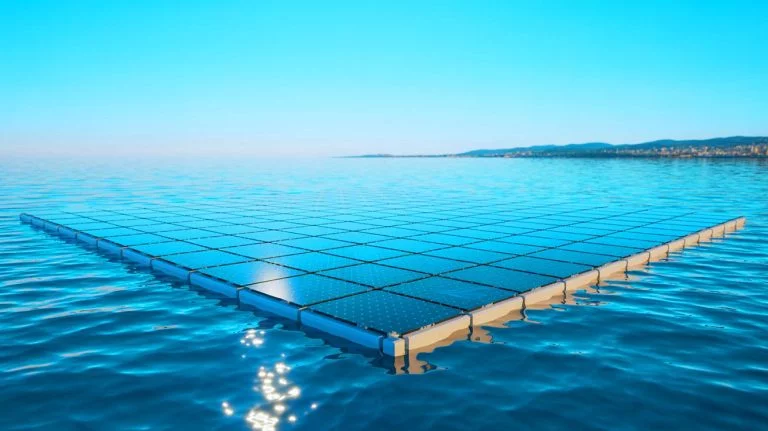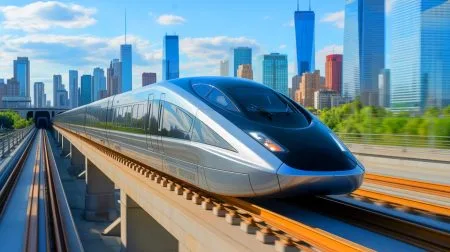| IN A NUTSHELL |
|
In a significant move for renewable energy, French floating solar company HelioRec has achieved a notable milestone. The company received Approval in Principle (AiP) Level II from Bureau Veritas Marine & Offshore. This approval marks a crucial step in advancing HelioRec’s innovative technology designed to harness solar energy on water surfaces. HelioRec’s approach aims to optimize underutilized water areas, transforming them into efficient power-generating hubs. With the global demand for renewable energy sources continuing to rise, this development underscores the potential of floating solar technology to meet energy needs, especially in coastal and urban areas.
The Importance of Marine Certification
The recent certification from Bureau Veritas covers critical aspects of HelioRec’s technology. This includes design regulations for offshore floating structures and mooring systems. Importantly, it also addresses material and welding requirements and the fatigue testing of key components such as mooring chains. HelioRec has emphasized that this certification validates the technical feasibility and integrity of its marine energy system. This recognition is vital for the company as it seeks to scale its technology to serve ports, coastal cities, and offshore infrastructure.
HelioRec was founded in 2019 with a clear mission: to develop solar power systems that float on water. These systems aim to generate renewable electricity using underutilized water surfaces near urban areas and industrial sites. Recently, the company completed maintenance on a 250-kilowatt installation at the Domaine de Cicé-Blossac in western France. Moreover, HelioRec has signed a memorandum of understanding with the UK’s Shoreham Port to develop a floating solar array. This aligns with the port’s decarbonization strategy and supports HelioRec’s model of converting idle water space into clean energy hubs.
Resilience Against Extreme Weather
One of the most remarkable features of HelioRec’s floating solar platforms is their ability to withstand extreme weather conditions. These platforms are engineered to endure nearshore weather challenges, including wind speeds exceeding 99 mph and wave heights up to 6.5 feet. A pilot project located in the Port of Oostende in Belgium has already demonstrated the platform’s capability to handle even higher wind loads. According to HelioRec, during recent storms, the system successfully endured gusts reaching 71 mph without sustaining damage.
HelioRec attributes this resilience to its patented “hydro-lock” design. This unique feature allows the floating solar units to retain water inside their hollow structures, providing enhanced stability. Unlike traditional systems that rely on heavy metal or concrete ballast, HelioRec’s design is more cost-effective and resilient. Additionally, the platforms utilize UV- and saltwater-resistant flexible connectors, which help distribute mechanical stress across the array during turbulent weather.
Advanced Engineering and Stability
HelioRec employs advanced engineering simulations to support its design, including finite element analysis and computational fluid dynamics modeling. The company reports that its system is 3.5 times more stable under extreme wind conditions than conventional blow-molded plastic floating solar structures. This claim is supported by the performance of HelioRec’s installation in the Port of Brest, France. Known for high tidal variations and wind speeds exceeding 93 mph, the site continues to operate reliably under real-world maritime conditions.
As coastal regions face increasing pressure to adopt renewable energy solutions, HelioRec’s innovative approach offers a promising option. Cities and ports can reduce emissions while maximizing water surface utility. Although Bureau Veritas has not publicly commented on the certification, the AiP Level II status signals a significant milestone for HelioRec. It positions the company to expand into more challenging offshore environments and scale its technology globally.
Global Implications and Future Prospects
HelioRec’s achievement not only highlights the advancements in floating solar technology but also suggests broader implications for the renewable energy landscape. By transforming unused water surfaces into energy-generating assets, HelioRec provides a model for similar initiatives worldwide. The company’s technology could play a crucial role in addressing the energy challenges faced by coastal cities, particularly those with limited land space for traditional solar farms.
As HelioRec prepares to expand its reach, the global demand for sustainable energy continues to grow. The company’s innovations offer a pathway to cleaner energy production, with the potential to significantly impact the carbon footprint of urban areas. As the world grapples with climate change and energy needs, will floating solar technology become a cornerstone of renewable energy strategies across the globe?
Did you like it? 4.8/5 (22)







Wow, this sounds like a game-changer for renewable energy! 🌞
Can these floating panels really withstand 99 mph winds? Seems too good to be true!
Thank you for the insightful article. Renewable energy is the future!
I wonder how these panels will hold up in a hurricane. 🌪️
Wait, did I read that right? Solar panels that float? That’s awesome! 😄
How expensive will it be to maintain these floating solar platforms?
Great innovation! But I’m skeptical about their durability over time.